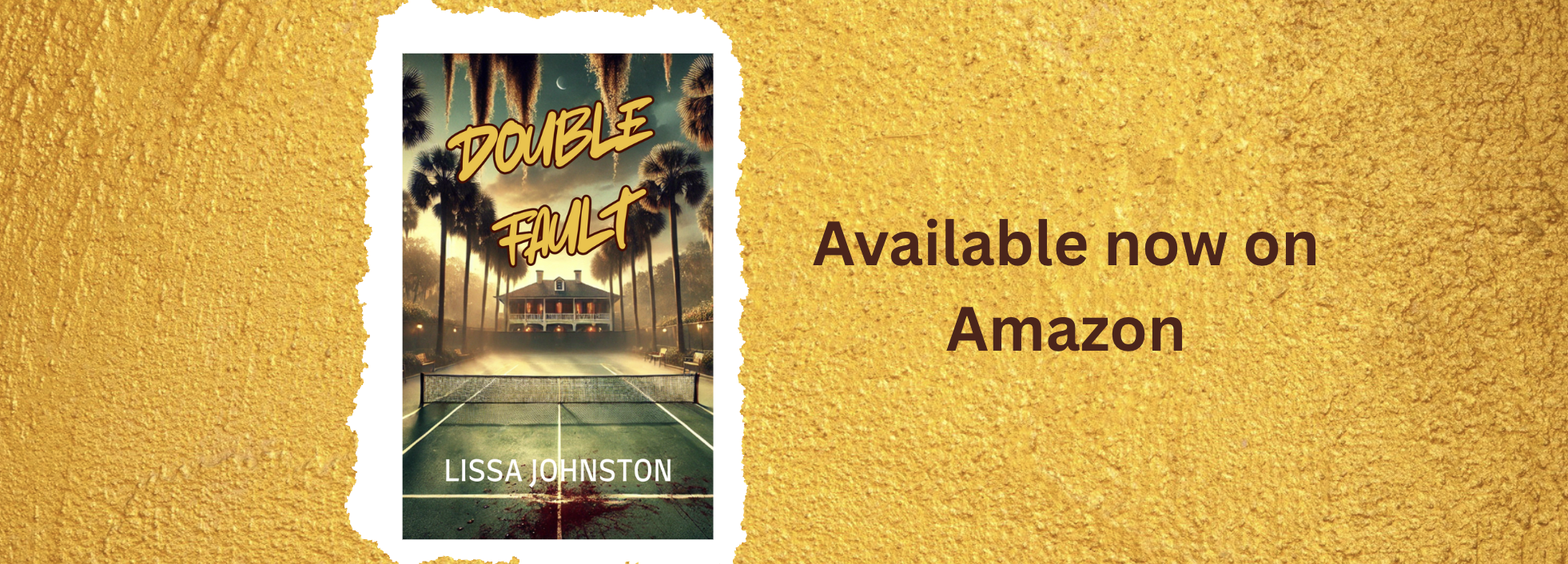
American craft beer brewing, home brewing, and brew pubs are experiencing a boom not seen since colonial times. South Carolina is a little late to the party due to some political shenanigans. Now that the laws have been adjusted, SC residents can join in the fun. We have several new breweries in Columbia, and more in the Upstate and Low Country. That doesn't count the little do-it-yourself shops that sell the supplies and teach you how to brew your own. Nor does it count the so-called 'brew pubs' (brew pubs are restaurants that also brew and sell their beers on site).
Beer is by far the biggest selling alcoholic beverage in America. It's been around literally for ages. Some scholars estimate beer's likely accidental discovery at more than 10,000 years ago. Our prehistoric ancestors liked the happy accident so much, they quickly figured out how to duplicate it. The process involved heating water and a starch product together (cereal grains or other sugar sources). Because the water was heated or boiled, the beer was healthier than plain water. Ancient man soon caught on to Water Bad, Beer Good (although it was centuries before anyone understood the connection between boiling and healthy beverages). So beer was in high demand from the get-go, found in cultures around the world from Mesopotamia to Africa to North America and everywhere in between. Prior to the availability of modern containers (bottles and cans) and transportation and refrigeration, beer was difficult to distribute before it went bad. It was enjoyed either at ancient versions of brew pubs, or brewed and consumed at home.
If you do some digging around online you will find a charming anecdote claiming beer was the reason the Pilgrims landed at Plymouth Rock. They were headed for Virginia's milder climate to make colonization easier. But the ship's crew was worried they wouldn't have enough beer to make their return trip. They didn't want to get stuck in the middle of the Atlantic without a safe drinking supply (water, water, everywhere . . . ). They kicked the Pilgrims to the curb 500 miles short of their intended destination and hightailed it back to England.
New World settlers lost little time in establishing a local source for beer. One must have one's priorities! The first documented brewery here was established in 1629 in New Amsterdam, now known as Manhattan. No doubt they did a booming business - American colonists were avid beer drinkers. When he wasn't busy founding our nation, George Washington found the time to jot down a favorite beer recipe. And if you've always wondered why independent brewing behemoth Samuel Adams beers are not named for the more presidential cousins John and John Quincy, Samuel's family was in the malt business (a key beer ingredient).
As the American population grew, so did brewing. Tastes changed as immigrants each brought their preferred methods and recipes with them from their former homes. Many different types of beers were available, again mostly locally (until Adolph Busch perfected refrigerated transport methods in the late 1800s).
Like Mother Nature herself, the American beer business evolved. The strong overtook the weak. Consolidations occurred. Prohibition laws from 1920-1933 really hurt the small breweries. After they were repealed, large brewers dominated the American market until about the 1970s. That's when we saw inklings of a resurgence in craft brewing. The market had swung too far. People missed their favorite beers that had gotten swallowed up by the big guys during Prohibition. Some decided to try making their own, and craft brewing was reborn.
Today's boom has us circling back to the days of visiting the local corner brewer to enjoy their unique offerings. The American brewing renaissance is recreating the melting pot mentality - free from hidebound tradition, experimenting in exciting new ways. Rather than taking comfort in the knowledge that one can visit most any corner store and find the exact red-and-white packaging containing precisely the same pale lager one has been drinking all their adult life, beer drinkers are more adventurous. They want a pumpkin spice lager at Halloween and a peppermint ale at Christmas and a summer wheat to knock back at the beach. Uninspiring-sounding labels like Bud and Miller are now feeling pressure from offerings like Arrogant Bastard and River Rat. Consumers have rediscovered growlers and happily stand in line to have their little brown jugs refilled with whatever suits their fancy.
I'm not ready to clear a space in the basement and buy some brewer's yeast. But I am a staunch supporter of my local brewers. If you are a beer drinker, consider sipping outside your comfort zone. Seek out your local brewers. Sample their wares. Support their efforts. It's the American way.
** please drink responsibly **
Thanks for reading! If you enjoyed this post, I hope you'll take a minute and subscribe to my email list.
